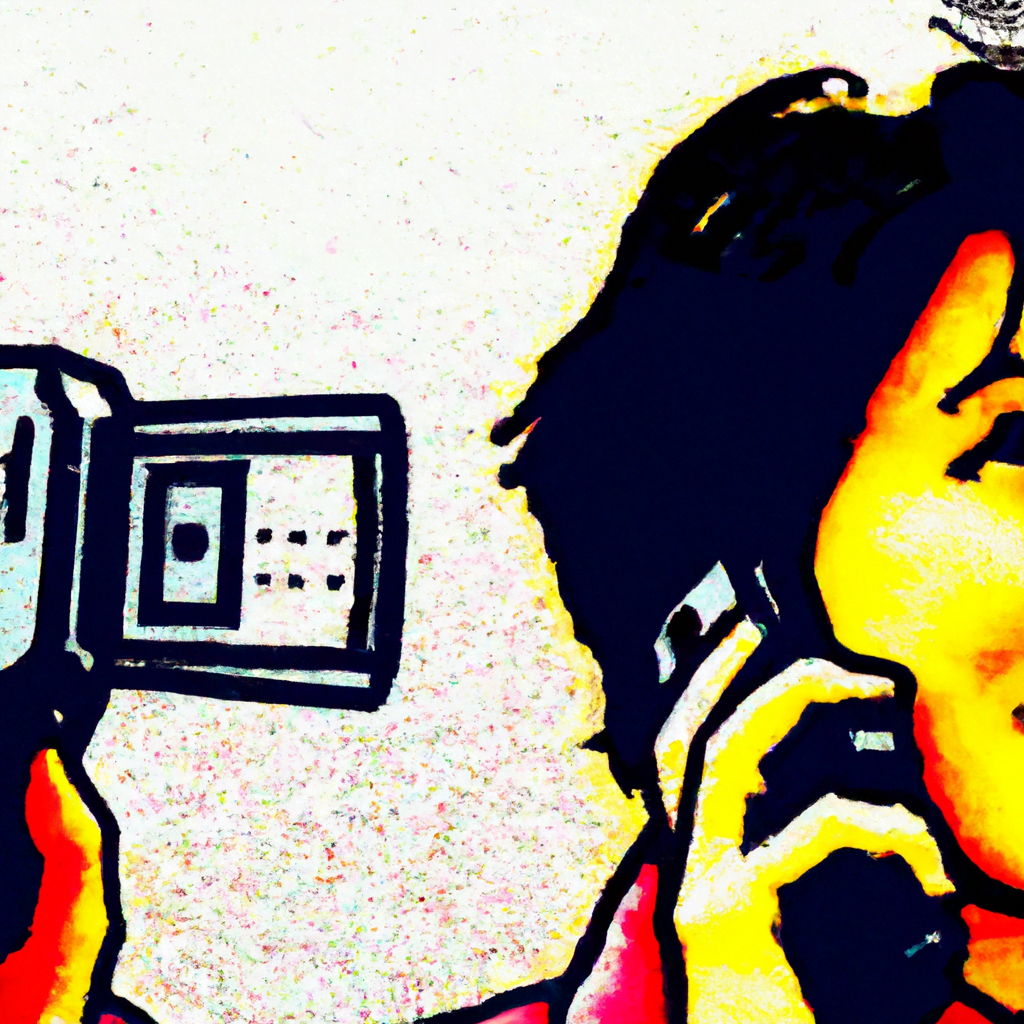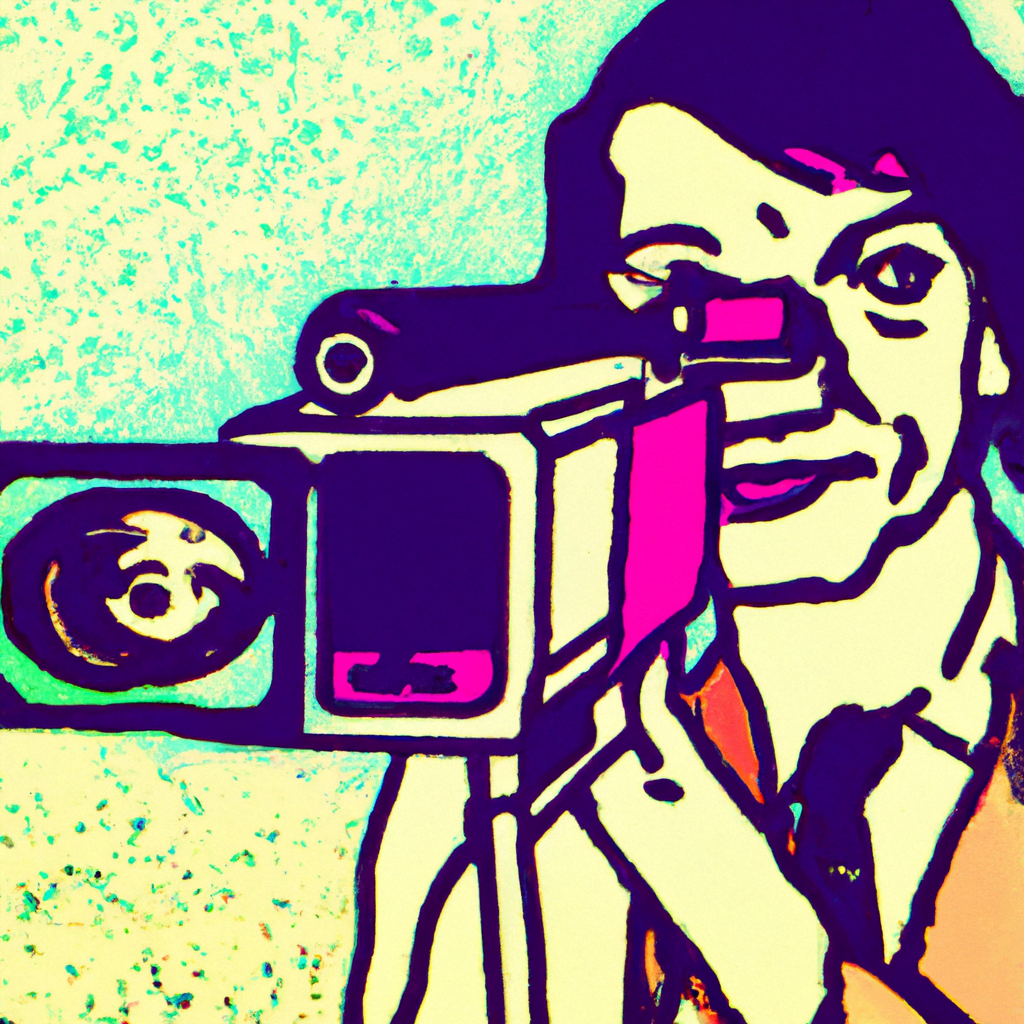
Exploring Retro Futurism in Illustration

Retro futurism is a fascinating artistic movement that combines elements of nostalgia and futuristic concepts. It emerged in the mid-20th century and continues to inspire artists and designers today. In this article, we will delve into the world of retro futurism in illustration, exploring its origins, characteristics, and impact on contemporary art.
The Origins of Retro Futurism
Retro futurism originated in the 1940s and 1950s, a time when the world was recovering from the devastation of World War II and looking towards a brighter future. It was during this period that science fiction literature, movies, and comics gained popularity, fueling people’s imagination about what the future might hold.
Artists and designers of the time began to incorporate futuristic elements into their work, envisioning a world filled with advanced technology, space exploration, and sleek, streamlined designs. This optimistic vision of the future became the foundation of retro futurism.
Characteristics of Retro Futurism
Retro futurism is characterized by a unique blend of past and future aesthetics. It combines the nostalgia of the past with the imagination of the future, creating a visually striking and thought-provoking style. Here are some key characteristics of retro futurism in illustration:
- Sleek and Streamlined Designs: Retro futurist illustrations often feature clean lines, smooth curves, and a minimalist approach to design. This reflects the belief that future technology would be efficient and elegant.
- Space Exploration: Many retro futurist illustrations depict humans exploring outer space, with rocket ships, space stations, and other futuristic vehicles taking center stage.
- Advanced Technology: Retro futurism imagines a world filled with advanced technology, such as flying cars, robots, and holographic displays. These elements convey a sense of progress and innovation.
- Optimistic Outlook: Retro futurism is inherently optimistic, envisioning a future where humanity has overcome its challenges and achieved great things. This optimism is reflected in the bright colors and positive imagery often found in retro futurist illustrations.
Examples of Retro Futurist Illustration
There are numerous examples of retro futurist illustration that showcase the unique style and vision of this artistic movement. Let’s explore a few notable examples:
1. The Jetsons
The Jetsons, an animated television series from the 1960s, is a classic example of retro futurism. The show depicted a family living in a futuristic world filled with flying cars, robot maids, and other advanced technology. The colorful and imaginative illustrations captured the essence of retro futurism and continue to inspire artists today.
2. The Art of Syd Mead
Syd Mead, a renowned concept artist and industrial designer, is known for his iconic retro futurist illustrations. His work has been featured in movies like Blade Runner and Tron, where he brought futuristic worlds to life with his imaginative and detailed illustrations. Mead’s illustrations often showcase sleek designs, advanced technology, and a sense of optimism about the future.
3. The Works of Shag
Josh Agle, also known as Shag, is a contemporary artist who draws inspiration from retro futurism. His illustrations often depict stylish characters in mid-century modern settings, combining elements of the past and future. Shag’s work captures the nostalgia and optimism of retro futurism, creating a unique and captivating visual experience.
The Impact of Retro Futurism on Contemporary Art
Retro futurism continues to have a significant impact on contemporary art and design. Its blend of nostalgia and futuristic concepts resonates with people’s desire for a better future while acknowledging the influence of the past. Here are some ways retro futurism has influenced contemporary art:
- Revival of Mid-Century Modern Aesthetics: Retro futurism has sparked a renewed interest in mid-century modern design, characterized by clean lines, organic shapes, and vibrant colors. This aesthetic has found its way into various art forms, including illustration, interior design, and fashion.
- Exploration of Utopian and Dystopian Themes: Retro futurism often explores utopian and dystopian themes, reflecting society’s hopes and fears about the future. Artists use retro futurist elements to create thought-provoking narratives that challenge our perception of progress and technology.
- Reimagining Technology: Retro futurism encourages artists to reimagine technology and its impact on society. By combining futuristic concepts with familiar objects and settings, artists can create a sense of familiarity and intrigue, prompting viewers to question their relationship with technology.
Summary
Retro futurism in illustration is a captivating artistic movement that combines elements of nostalgia and futuristic concepts. It originated in the mid-20th century and continues to inspire artists today. Retro futurist illustrations are characterized by sleek and streamlined designs, space exploration, advanced technology, and an optimistic outlook. Notable examples include The Jetsons, the art of Syd Mead, and the works of Shag. Retro futurism has had a significant impact on contemporary art, reviving mid-century modern aesthetics, exploring utopian and dystopian themes, and reimagining technology. By embracing the past and envisioning a better future, retro futurism continues to captivate and inspire artists and viewers alike.
